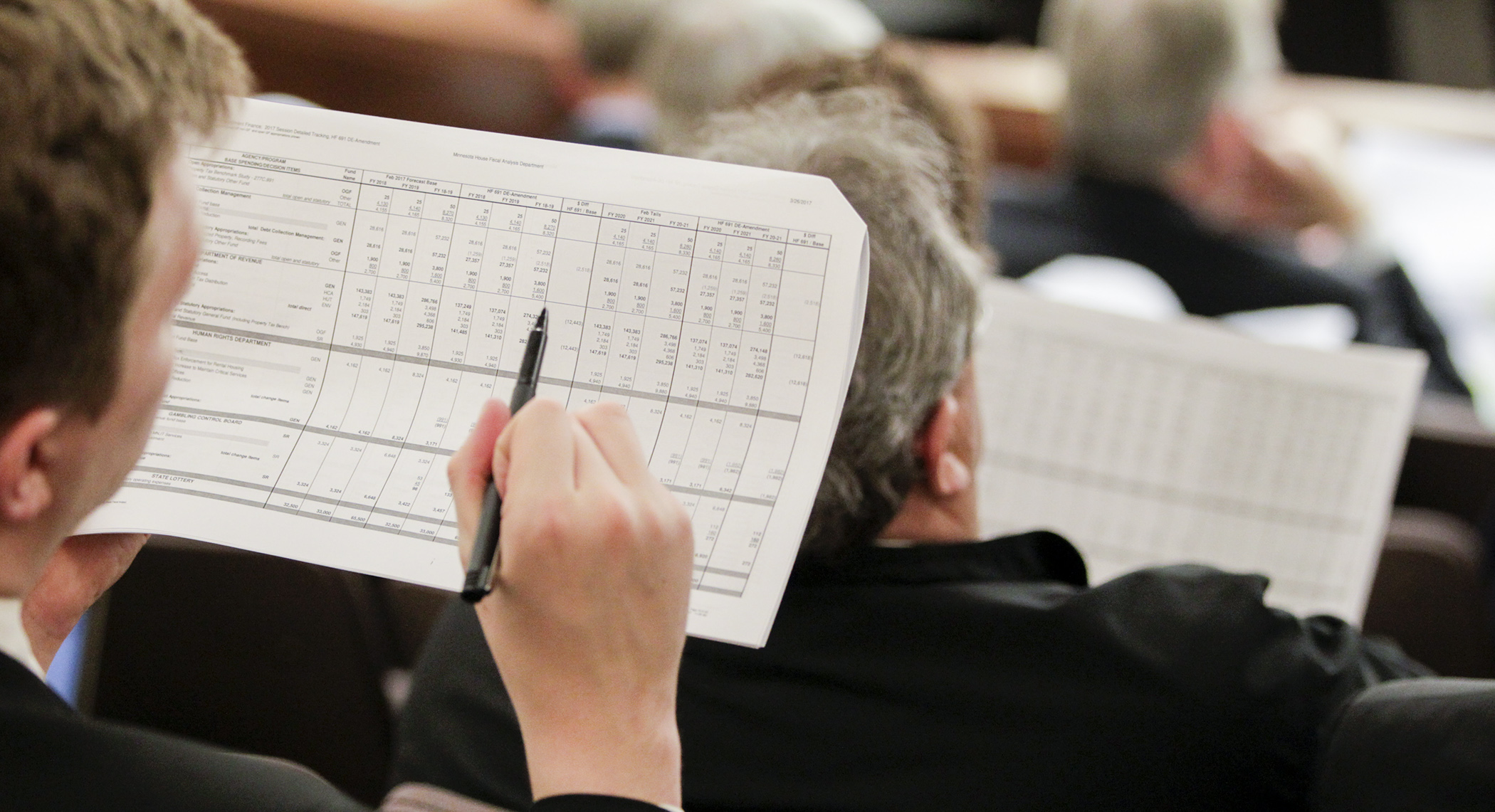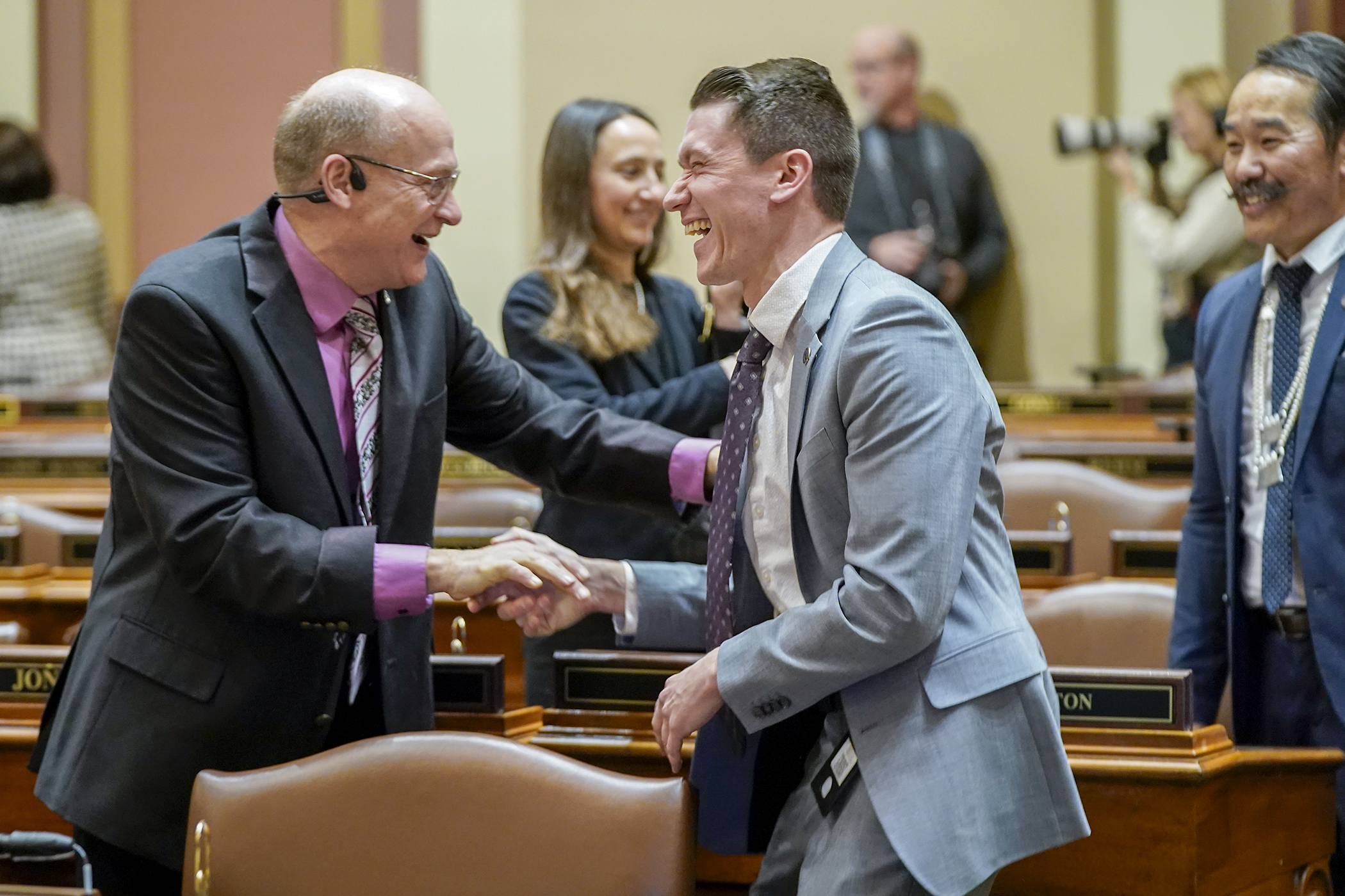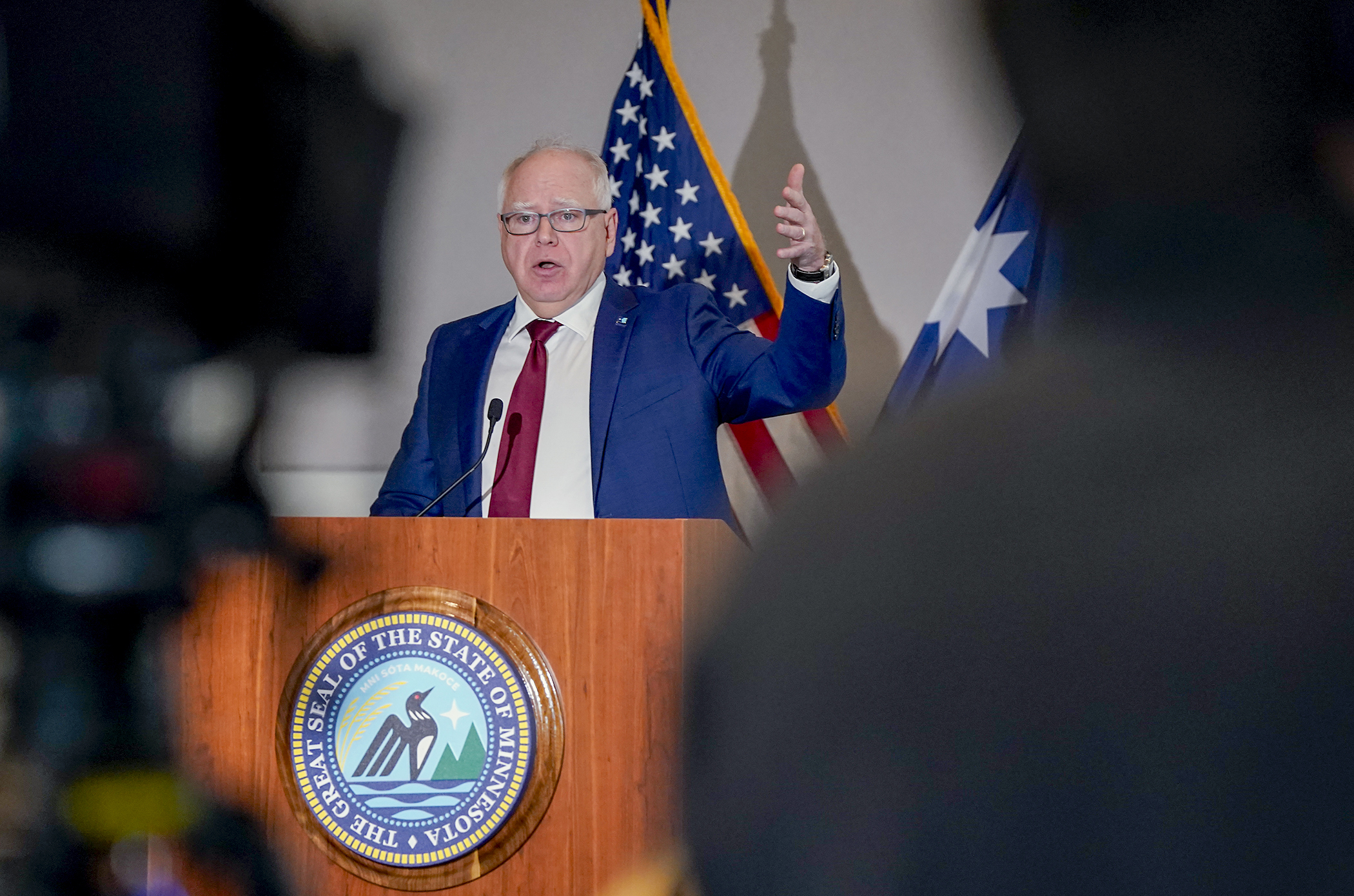‘System failures’ and bikini waxes among concerns in omnibus state government budget bill

Commissioners and agency heads throughout Gov. Mark Dayton’s administration lined up Monday to decry the omnibus state government finance bill, a two-year, $943 million spending package that they say is too harsh in times of projected financial abundance.
The House State Government Finance Committee began digging into a combination of lawmakers’ priorities, including reductions to the state government workforce and recouping funds from the Minnesota Sports Facilities Authority’s U.S. Bank Stadium controversy. The omnibus bill, HF691, as amended, would reduce current government spending by $430 million and it’s $224.4 million short of what Dayton recommended in January.
The committee took no action on the bill but will continue working on it Tuesday. There is a required deadline for approving it by the end of Friday.
Doing more with less
With added emphasis this year on increasing government technology efforts and ramping up cybersecurity, both through legislation and the governor’s budget proposals, departments were hoping the Legislature would provide them with additional funding. But the omnibus bill reduces spending nearly across the board – and commissioners believe that will inhibit their ability to improve these systems.
“Make no mistake: If this legislation passes and this system fails, it will be on the shoulders of this committee,” Minnesota Management and Budget Commissioner Myron Frans said.
Frans also called the House proposal “not workable” with “arbitrary budget cuts that don’t amount to governing.”
Rep. Sheldon Johnson (DFL-St. Paul) argued there would be swaths of government employees laid off because of the budget bill, who make up “a lot of families” in the state.
But Rep. Sarah Anderson (R-Plymouth), the committee chair, said the bill is about giving taxpayers more bang for their buck. Agencies would decide how to spend money more wisely, she said.
“They can choose to save the jobs or they can choose not to,” Anderson said.
Warnings from the salon
Smaller executive branch agencies weren’t without concern, either.
Gina Fast, executive director of the Board of Cosmetology Examiners, said she was “blindsided” by the nearly 50 percent proposed spending reduction that would affect salon inspections, complaint investigations and safety education.
Fast told a story about a young mother getting “a bikini wax that nearly cost her her life” because a salon double-dipped wax sticks and used them on a number of clients.
State Auditor Rebecca Otto joined the chorus, too. The omnibus bill would reduce spending in the auditor’s office by nearly 21 percent and includes a provision that would require that office to pay for the lawsuit it’s currently ensnared in.
Included in the omnibus state government finance bill are provisions that would:
- provide “lights on” funding at 95 percent of current levels, in case a budget isn’t in place before July 1 of an odd-numbered year;
- require Minnesota Management and Budget to reduce executive agencies’ and constitutional offices’ spending by $4.3 million;
- further consolidates the state’s centralized IT service agency, MN.IT, including a $3 million staffing reduction;
- put the Legislature in charge of redistricting;
- require political committees that sell goods, like doughnuts, to disclose their affiliation;
- eliminate the Campaign Finance and Public Disclosure Board’s public subsidy program, an estimated $2.67 million savings over the biennium; and
- establish a nonpartisan Legislative Budget Office that would cost $1.68 million in the biennium – an expected $800,000 expenditure per year.
What else is in the bill?
Other bills that are included, at least in part, in the omnibus House state government finance bill include:
Related Articles
Search Session Daily
Advanced Search OptionsPriority Dailies
Full House convenes for first time in 2025, elects Demuth speaker
By Tim Walker DFL, Republicans convene with a quorum for the first time in 2025 session after agreeing to a power-sharing deal.
DFL, Republicans convene with a quorum for the first time in 2025 session after agreeing to a power-sharing deal.
Walz proposes slimmed-down 2026-27 state budget, sales tax changes
By Tim Walker This is an odd-numbered year, and so the Legislature is constitutionally required to craft a budget to fund the state government for the next two fiscal years.
Gov. Tim Walz...
This is an odd-numbered year, and so the Legislature is constitutionally required to craft a budget to fund the state government for the next two fiscal years.
Gov. Tim Walz...